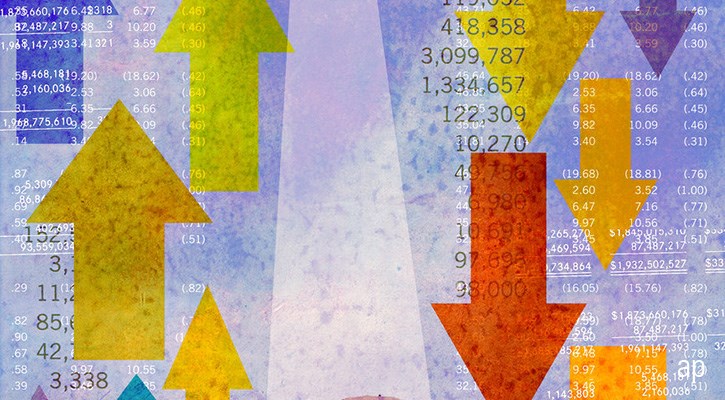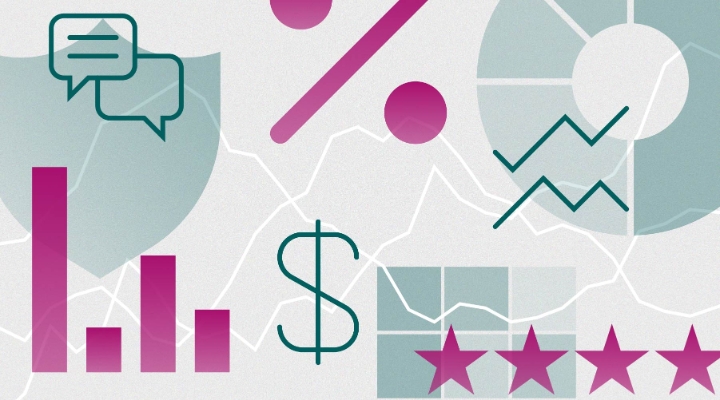 Investors Back Equities over Bonds in Sluggish February
Investors Back Equities over Bonds in Sluggish February
Fixed income funds reach the highest outflows since the start of the pandemic in another slow ...
 Worried About Your Fund's Survival? Check The Map
Worried About Your Fund's Survival? Check The Map
VIDEO: Fund turnover rates differ dramatically by region, so it pays to know where your strate...
 4 Predictions for US Stocks in H2 2024
4 Predictions for US Stocks in H2 2024
Strategists say stocks can keep climbing, but warn that risks to the market outlook are building
 Five Equity Funds That Play Defensive
Five Equity Funds That Play Defensive
Worried about a recession? These funds are betting on defensive stocks that can weather any marke...
-
 Are FTSE Mining Companies Cheap Right Now?
Are FTSE Mining Companies Cheap Right Now?
Mining companies are operating in a challenging environment but could now be the time to top up o...
-
 Advice for George Osborne and Stock Market Regrets
Advice for George Osborne and Stock Market Regrets
THE WEEK: Morningstar columnist Rodney Hobson provides two pieces of advice to George Osborne, an...
-
 How to Find Solid Dividend-Paying Stocks
How to Find Solid Dividend-Paying Stocks
Businesses that have competitive advantages within their industry are good candidates for dividen...
-
 10 Top-Performing Funds in the UK
10 Top-Performing Funds in the UK
Morningstar reveals the top 10 best performers over the last five years
-
 Fund Research: Europe’s Shining Stars
Fund Research: Europe’s Shining Stars
Morningstar OBSR reveals the top funds for investors seeking exposure to European equities
-
 NatWest Shares Up as Profits Beat Expectations
NatWest Shares Up as Profits Beat Expectations
The bank also announced a deal with Metro Bank, raised its guidance, and increased its dividends
-
 After Earnings, Is Netflix Stock a Buy, a Sell, or Fairly Valued?
After Earnings, Is Netflix Stock a Buy, a Sell, or Fairly Valued?
With revenue growth, increased operating margins, but a high valuation, here’s what we think of N...
-
 Going into Earnings, is Apple Stock a Buy, Sell, or Hold?
Going into Earnings, is Apple Stock a Buy, Sell, or Hold?
We'll be watching iPhone revenue, gross margins, and services growth when Apple reports its earni...
-
 Unilever Earnings: Growth in a Challenging Market
Unilever Earnings: Growth in a Challenging Market
Despite growth, Morningstar's Fair Value Estimate for the consumer goods giant stock is unchanged
-
 AstraZeneca Earnings: Steady Outlook but Growth Could Slow
AstraZeneca Earnings: Steady Outlook but Growth Could Slow
Morningstar analysts think the UK's biggest company has a well-positioned broad drug portfolio wh...















